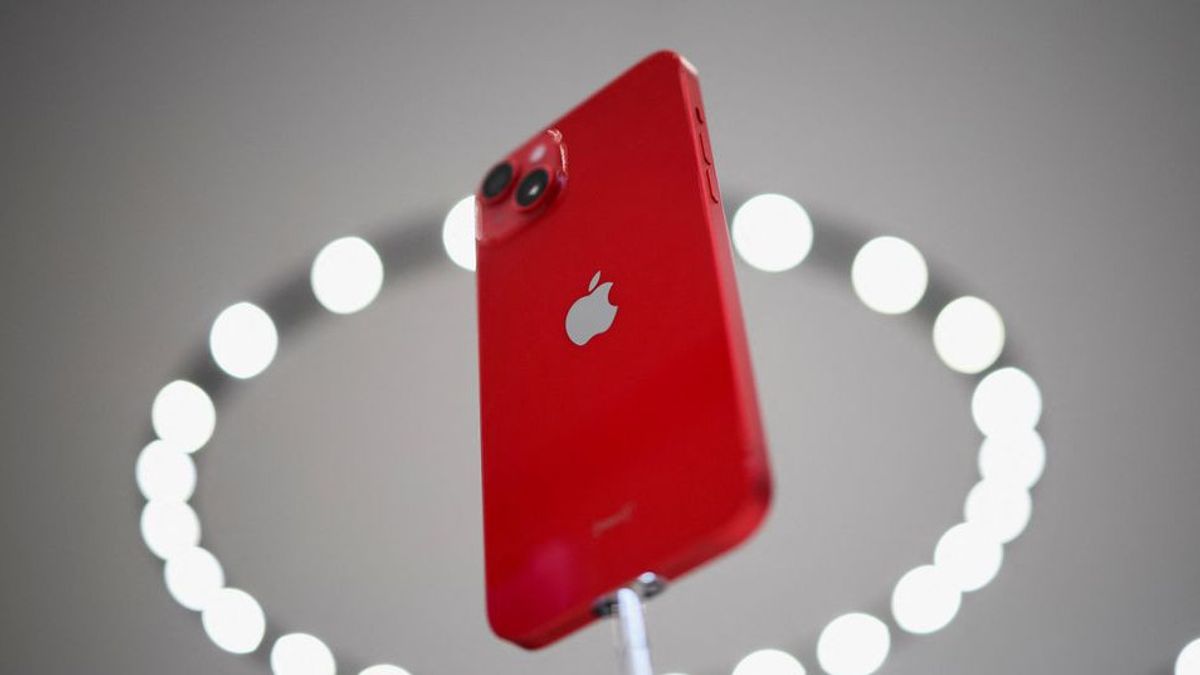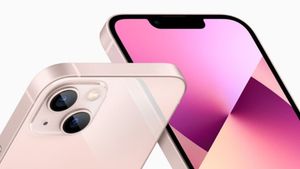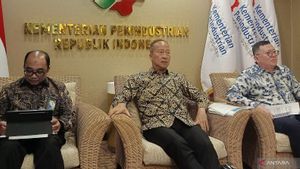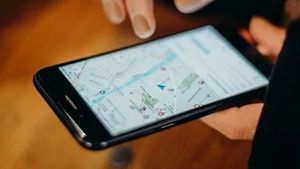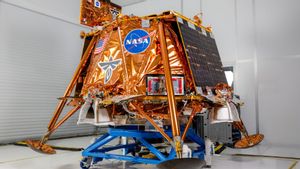JAKARTA - Elon Musk announced on Thursday, September 8 that his satellite company, SpaceX, has promised talks with Apple Inc. Both will discuss using Starlink satellite services to support the new emergency SOS feature of the iPhone 14.
"We've had some promising conversations with Apple about Starlink connectivity," Musk said in a tweet.
"For sure, closing a link from space to the phone would work best if the software and phone hardware adapted to space-based signals vs Starlink that purely imitated the cell tower," he said.
At the launch of the iPhone 14 on Wednesday, Apple said it had selected satellite service company Globalstar Inc as its partner to enable features that help users send emergency messages from remote locations.
Apple said it had also dedicated $450 million to its continued manufacturing fund to satellite infrastructure to support the service, which is currently available in the United States and Canada.
UST-Mobile US Inc wireless carriers also said they would use Starlink satellites to provide mobile users with network access in parts of the United States, allowing users to connect direct phones to satellites in orbit.
But Apple with the newest iPhone 14 product, is not the first and only player to offer smartphone-to-smart connections to direct satellites.
Huawei has also announced the latest smartphone product for the Mate 50 series, the day before Apple's event, on September 7. This smartphone has the same feature offered by the iPhone 14, which is the ability to send text via satellite communication.
Mate 50 and Mate 50 Pro can send short text and take advantage of navigation thanks to China's BeiDou global satellite network, which enables communication in areas without cellular signals.
The flagship Mate 50 series includes only the 4G version of the Snapdragon 8 Plus Gen 1 chipset with 8GB RAM. The Mate 50 Pro comes with a slightly larger 6.74-inch OLED display with a 120Hz refresh rate, while the Mate 50 offers a 6.7-inch OLED panel.
Here lies the iPhone's advantage, as they no longer produce smartphones for 4G networks, as all new iPhone products will now have 5G technology.
The English, Chinese, Japanese, Arabic, and French versions are automatically generated by the AI. So there may still be inaccuracies in translating, please always see Indonesian as our main language. (system supported by DigitalSiber.id)
